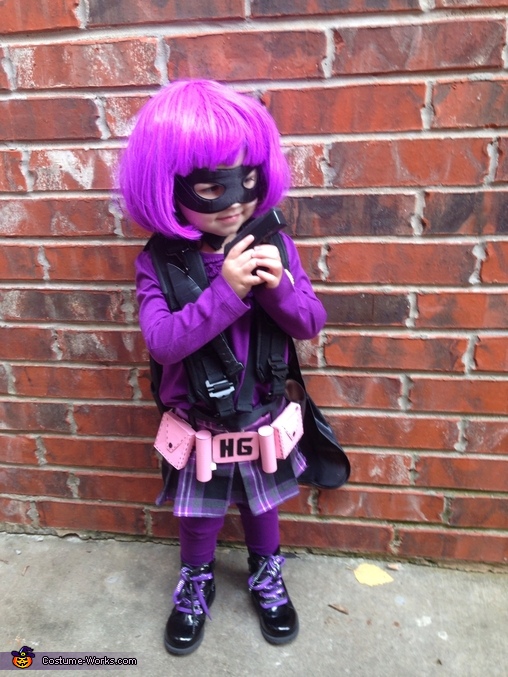

Some children may be happier playing with a friend, while some teenagers may prefer solitude. Joy and happiness can be found through snuggling or through playing outside. One thing that experts agree on is that joy can be different for each individual child. Understand your children’s sources of joyīefore parents can help their children find joy, it’s important to first define it. Reframing in this way validates the experience while letting kids know they can move beyond it. This is part of your life, part of the path you have to go through and that’s OK.” Instead, I say that I understand that something is painful, but I don’t feel sorry for you. “I don’t want to feel sorry for a kid, because I don’t want a kid to feel sorry for themselves,” says Stixrud. Still, the challenges we’ve all faced recently don’t have to define this generation. It’s important that you take the time to determine whether you and your family are ready to move forward. It can actually lead to repressed emotions. Rushing ahead to fun in the midst of unresolved issues won’t make them go away.

It’s also important that negative feelings are heard, validated, and processed. When you and your family feel ready to embark on the journey of rediscovering joy, there are steps you can take to get there.įocusing on joy and happiness doesn’t mean we have to minimize the past.
#Book creator for kids 8 to 6 how to
The good news is there’s a lot that parents can do.įrom conversations about how to find happiness to actively planning opportunities for shared joy, parents can help kids regain their sense of delight, wonder, and optimism following a period of profound loss and disruption. In short, they need support to relearn how to fill their joy tanks. They also need help to rediscover their individual pathways to happiness. They need to know their feelings are natural and human and to re-establish a feeling of safety and peace. To get there, it’s essential that children feel heard. “It’s very possible that we’re going to see a generation of kids who went through a very tough time, a very scary time, a very isolating time, and yet grew stronger from it.” It’s growth,” says William Stixrud, PhD, a professor of psychiatry and pediatrics and author of “The Self-Driven Child.” “The most common outcome of trauma is not post-traumatic stress disorder (PTSD). These challenges may even give way to a generation of resilient kids who are stronger, happier, and healthier because of how they’ve learned to cope with difficulty. It’s not an easy thing to shift from a mindset of safety and survival back to a mindset of living and thriving. While measures taken during the pandemic were necessary for public health, it’s also necessary to find sure footing again, the kind that comes from having purpose, connections, and sources of joy.Įvery parent wants their child to have the same opportunities for success and happiness they had before the pandemic, despite the changes we’ve all faced. Overall, kids are less able to resolve normal conflicts. “If someone had a tendency to feel anxious, they became a lot more anxious.

“COVID has been an amplifier,” says Eileen Kennedy-Moore, PhD, a clinical psychologist, expert on child development, and creator of the “ Open Door for Parents” video series. The mental health crisis among the nation’s children dates back to well before the pandemic, but the last 2 years have intensified the situation. Some families are starting to feel ready to move forward, but they’re returning to a different world than before. It’s been over 2 years since the first lockdowns began in the United States. They’ve had to play the role of educator, playmate, therapist, and provider whenever called upon, often with little support. They’ve had to empathize with their children’s difficult feelings and help them come to terms with isolation and disruption. They’ve had to learn how to protect their families from a new threat, navigate major shifts in the way they live, improvise in the face of unpredictable changes, and all the while continue parenting. Over the last 2 years, parents have had an enormously difficult task. Share on Pinterest Illustration by Joules Garcia


 0 kommentar(er)
0 kommentar(er)
